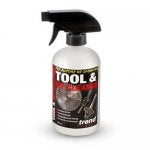Methods for removing older,dried out pitch from a circular saw blade range from using Simple Green Pro HD cleaner to soaking in strong black coffee.
What methods do other members use?
Cheers.
What methods do other members use?
Cheers.





